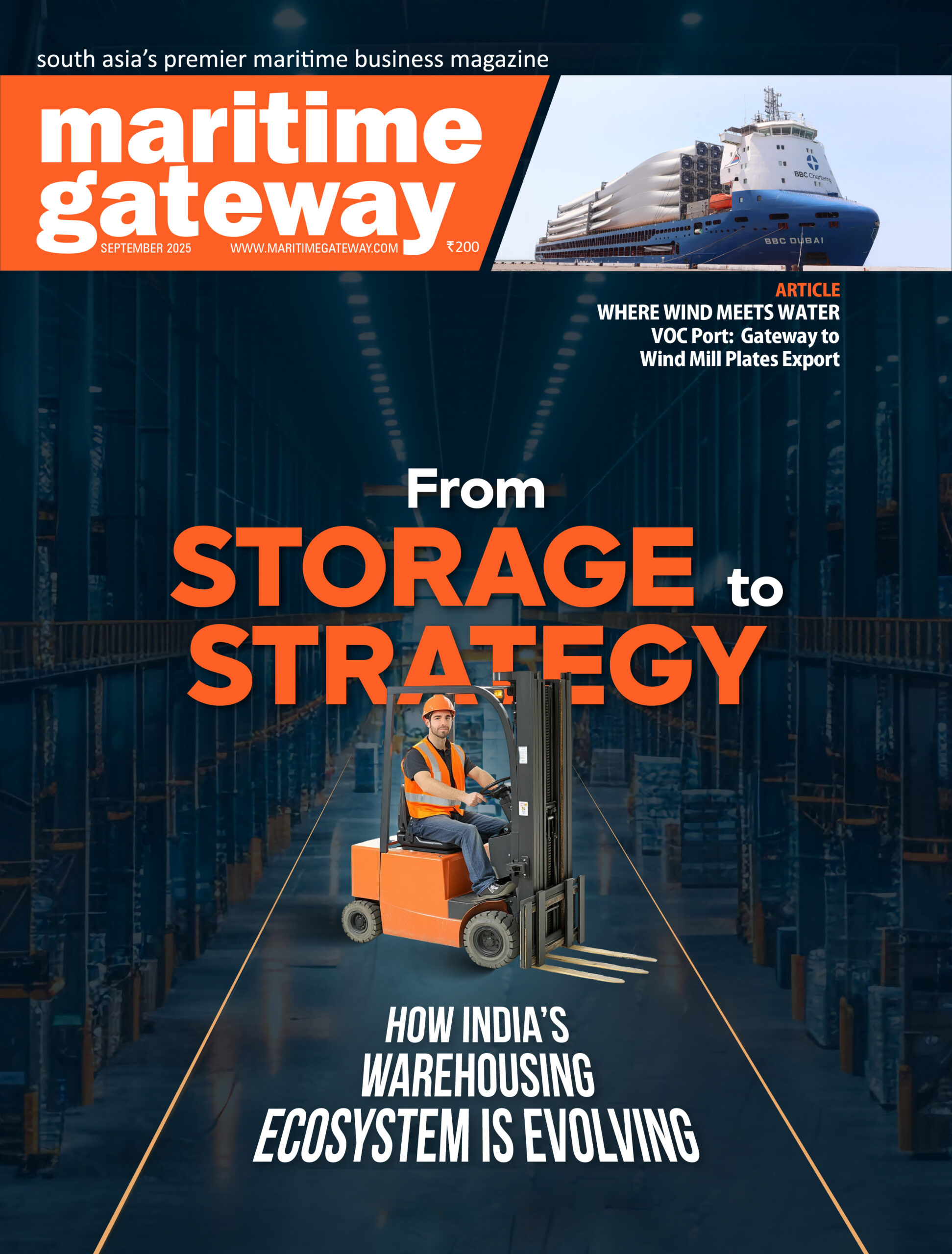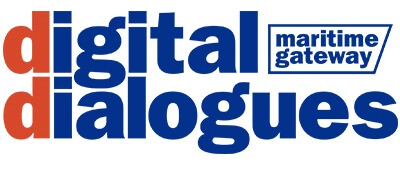Turning Challenges into Opportunities: X-Press Feeders’ Red Sea Strategy
Capt. J.S.Gill, a senior leader at X-Press Feeders, offers an insider view: “The Red Sea crisis and the geopolitical situation have actually benefited the feeder operators to a certain extent. We limited our risks smartly and started servicing areas where the main lines are no longer going.”
Even before the Red Sea disruptions escalated, X-Press Feeders had been preparing to strengthen its presence in the region. This preparation proved invaluable as major shipping lines began avoiding the Red Sea route due to safety concerns.
Seizing the moment, X-Press Feeders launched two key services into the Red Sea region:
• A Joint Service with Unifeeder and Monheim connecting Gujarat, India to Jeddah, Sokhna (Egypt), and Aqaba (Jordan).
• An Independent Service directly linking Gujarat to Red Sea ports, focusing particularly on Jeddah, Sokhna, and Aqaba.
These services were built carefully with a strong focus on schedule stability — a crucial factor in an unpredictable environment. “The stability of the services has been very good,” Capt. Gill explains. “We provide connections on a daily basis to these locations, and the vessels are running 90–100 per cent full.”
To support this, X-Press Feeders deployed their own vessels — two ships on the Indian Red Sea Express (IRX) service, and four ships (a mix of owned and chartered) on the IRX-2 service.
Additionally, X-Press Feeders set up dedicated window services at key Indian terminals like Mundra and Nhava Sheva (Nava Sheva), ensuring predictable and efficient port calls.
Red Sea Rates and the “Dream Run” — Will It Last?
When the Red Sea disruption began, freight rates surged to attractive levels — between $1,000 to $1,400 per TEU for Red Sea destinations. However, rates have now corrected, hovering around $600 to $700 per TEU to Jeddah and Sokhna. Despite the price correction, demand remains strong, and vessel utilization has remained at nearly full capacity.
But how sustainable is this golden period for feeder operators?
Capt. Gill tempers expectations: “It all depends on how the Red Sea crisis continues. Once it ends, the focus may shift to redevelopment in Syria, Ukraine, and other regions. If that happens, some of the attention on Red Sea services could dilute.”
Yet, customer habits are hard to change once they find reliable partners. “When customers experience stable services and end-to-end cargo movement without issues, they don’t switch easily,” he notes, hinting that at least some Red Sea services could remain viable in the medium term even after normalcy returns.
US Trade Restrictions: Shifting Global Flows, Favoring India
Adding another layer to the shipping story are the growing US trade restrictions, particularly on China. For feeder lines like X-Press Feeders, this shift is creating new trade patterns.
“India-US trade is largely export-dominated,” explains Capt. Gill. “With China facing export hurdles into the US, Chinese manufacturers must find alternative markets — and India, with its huge consumer base, is a natural target.”
This scenario is already fueling greater cargo movement from the Far East to India, supporting feeder volumes. Furthermore, India’s own exports to the US are expected to stabilize and even grow marginally once ongoing trade negotiations conclude.
However, despite the opportunity, cautious optimism rules. Overcapacity is a risk, especially as Far East-India shipping routes are already highly competitive. As Capt. Gill puts it: “Nobody can take a risk of bringing new services easily; capacity is already stretched, and the market remains contested.”
No Easy Entry: Why New Players Are Hesitant
Given the favorable trading scenario, one might expect new feeder operators to jump into the fray. However, high ship charter rates are acting as a strong deterrent.
Today, medium-sized vessels (1,200–2,500 TEU capacity) have seen charter rates soar from $15,000 to $18,000 per day. Charterers now also demand shorter charter periods, increasing market volatility.
Capt. Gill candidly outlines the risks: “Any new operator coming into the market at today’s charter rates will run into huge losses. Even for us, with our own tonnage, we are cautious about chartering high. We are very conservative about our bottom line.”
In short, existing players with owned tonnage and established networks like X-Press Feeders are best placed to ride out market fluctuations. The barriers to entry for new competitors remain high.
Indian Container Terminals: At Breaking Point
A major constraint for the feeder and mainline operators alike is India’s port congestion. With almost 100% berth occupancy at major ports on the West Coast, options for expansion are severely limited.
“At Mundra, once we miss our window schedule, there’s a two to three days waiting period,” reveals Capt. Gill. “JNPT is facing a similar situation. Although NSFT and BMCT are adding some capacity, even that is quickly getting absorbed.”
The situation is hardly better on the East Coast. While ports like Chennai, Kattupalli, and Visakhapatnam have some breathing room, operational constraints like draft limitations (especially at Vizag) limit their scalability.
Even new capacity coming online — such as Adani’s CG5 terminal — is facing immediate demand pressure. As Capt. Gill warns, “We are in a difficult situation for at least the next two years until substantial new capacity is created.”
2025-26 Plans: Scaling Up, Growing Indian Operations
Despite port challenges, X-Press Feeders has ambitious expansion plans for India. India already accounts for 25% of their global revenues, and they intend to grow Indian trade volumes by 15-20 per cent in the next financial ar.
“We intend to increase capacity and volume production for India significantly in 2025-26,” confirms Capt. Gill.
Importantly, X-Press Feeders believes that maintaining service stability is crucial to sustaining volume growth. “We put in the ship with apprehension — we were 60% full initially — but once customers saw stability, the ship filled up completely within two cycles,” he shares.
Conclusion
Feeder operators like X-Press Feeders have turned geopolitical and trade headwinds into a springboard for growth. By acting early, focusing on service reliability, and maintaining a conservative financial strategy, they have positioned themselves strongly amidst global uncertainty.
While challenges remain — from volatile rates to port congestion — the overall trajectory for feeder operations in India and the Red Sea corridor remains positive, at least for those with the foresight and discipline to navigate the complex tides ahead.









